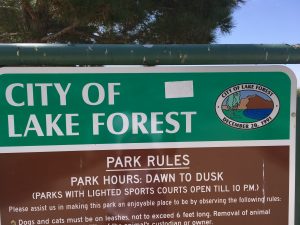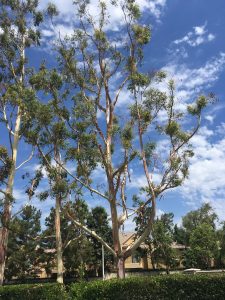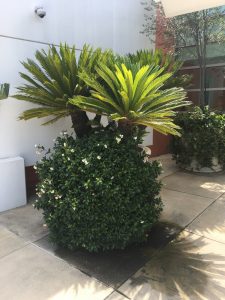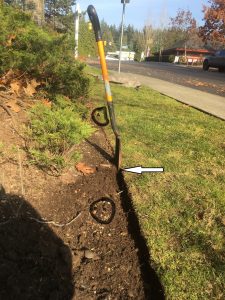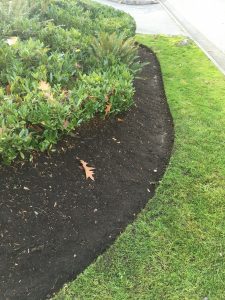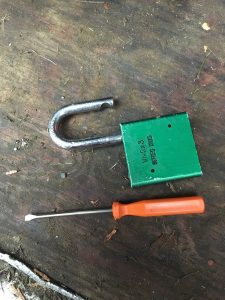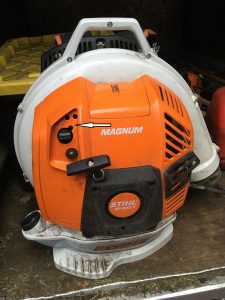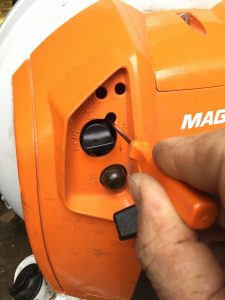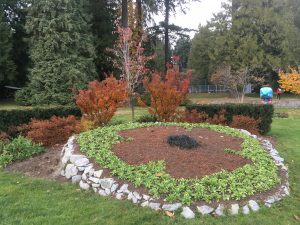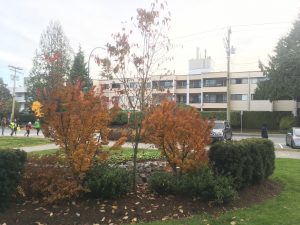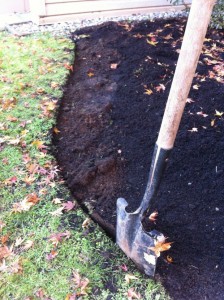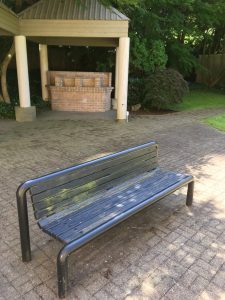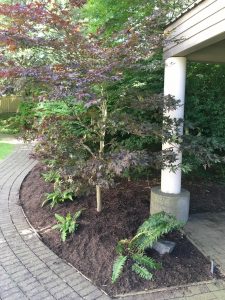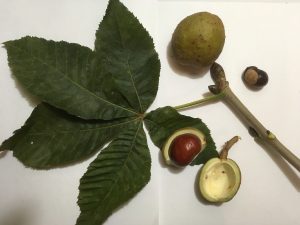This past August I found myself in Lake Forest, California because of my son’s soccer tournament. It was yet another sunny morning and it was getting hot. It was too hot for the boys to have a serious soccer practice. So I left the team at the tennis courts and walked across the street.
Private property!
My target was a nearby line of beautiful and huge Eucalyptus trees. It was like Christmas for this arborist. The trees looked awesome and as I took more pictures I drifted onto a church parking lot. There I shot many other landscape plants. I was having a fantastic California morning until a voice woke me up from my plant trance.
“Can I help you? This is private property!” Immediately I thought oh, shit, was this an open carry state? Then I mumbled something about visiting California and loving their church landscaping. “We get all kinds here!” was his reply. So I apologized and told the dude I was leaving. No need to call the police. He then wished me a pleasant visit and I wondered what the Sunday sermons were like.
Trees in Paradise
I have since learned that Lake Forest used to be an Eucalyptus plantation. Now it’s a master-planned community with beautiful landscaping. I was blown away by the landscaping so much, I walked into the nearest bookstore desperate for some sort of plant guide. And I found a door stopper gem there called Trees in Paradise by Jared Farmer. (I will review this excellent book in a future blog.)
Farmer devotes a one hundred page chapter to Eucalypts and it’s a wild ride. The trees were imported from Australia and became very popular in California. And then it all swung the other way. Eucalyptus plantations in San Francisco were abandoned and the trees were allowed to go wild.
One glitch stands out from this book chapter. Californians wanted to reproduce the success Aussies had with their fast-growing Eucalypts. But what they didn’t notice was that the Aussies were processing old growth Eucalypts.
The new growth Eucalypts in California were extremely difficult to process because the young trees behave badly when they’re run through saw mills. Farmer does a great job of explaining this. Basically the trees break apart at the saw mill so it’s hard to get the nice straight lumber saw mills wanted. Bummer.
I think the Eucalypts I saw in Los Angeles looked great. I can’t wait to see them again in August 2020 but I will be more mindful of private property lines. “Canadian pro blogger dead in California” would be an unfortunate headline.


